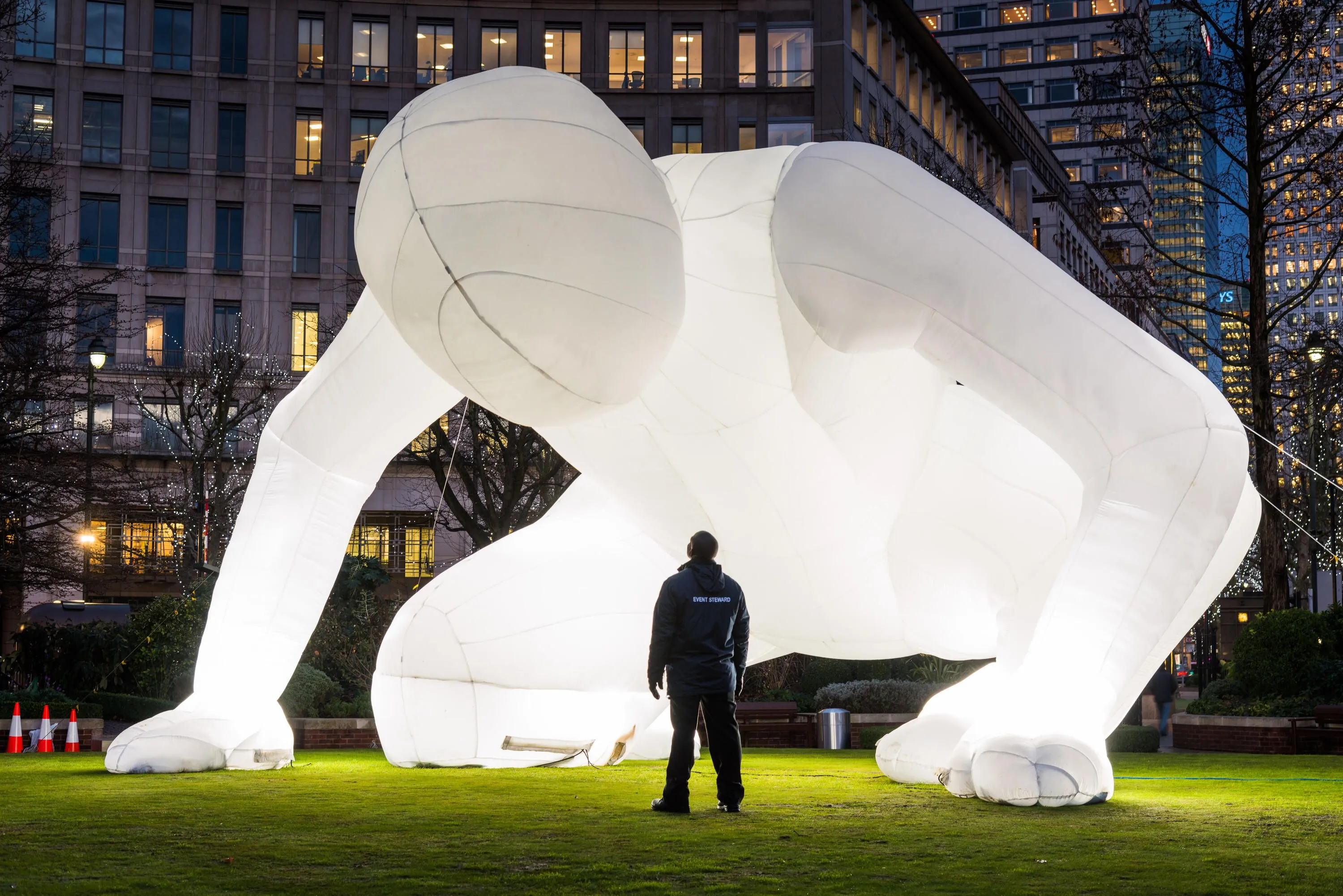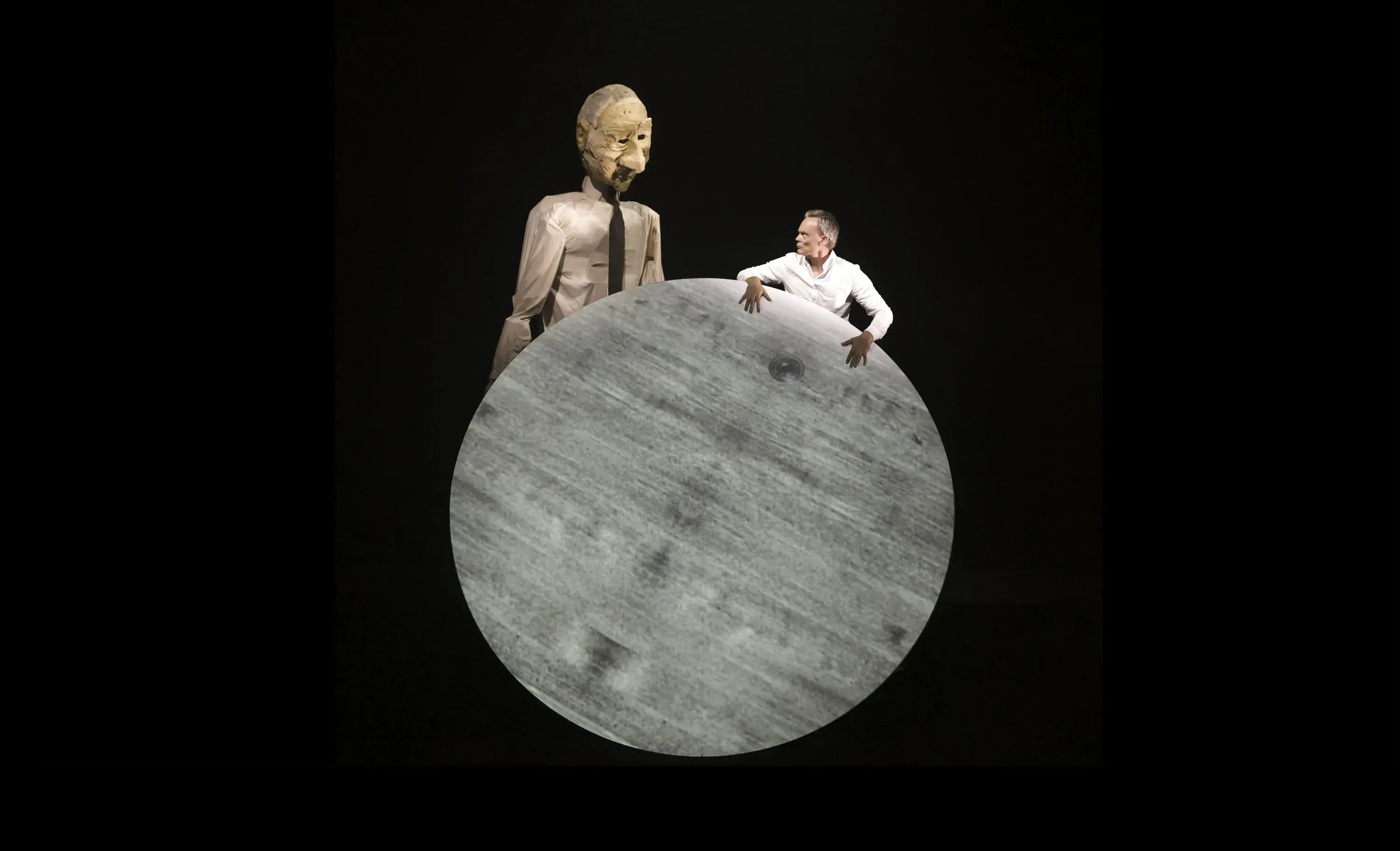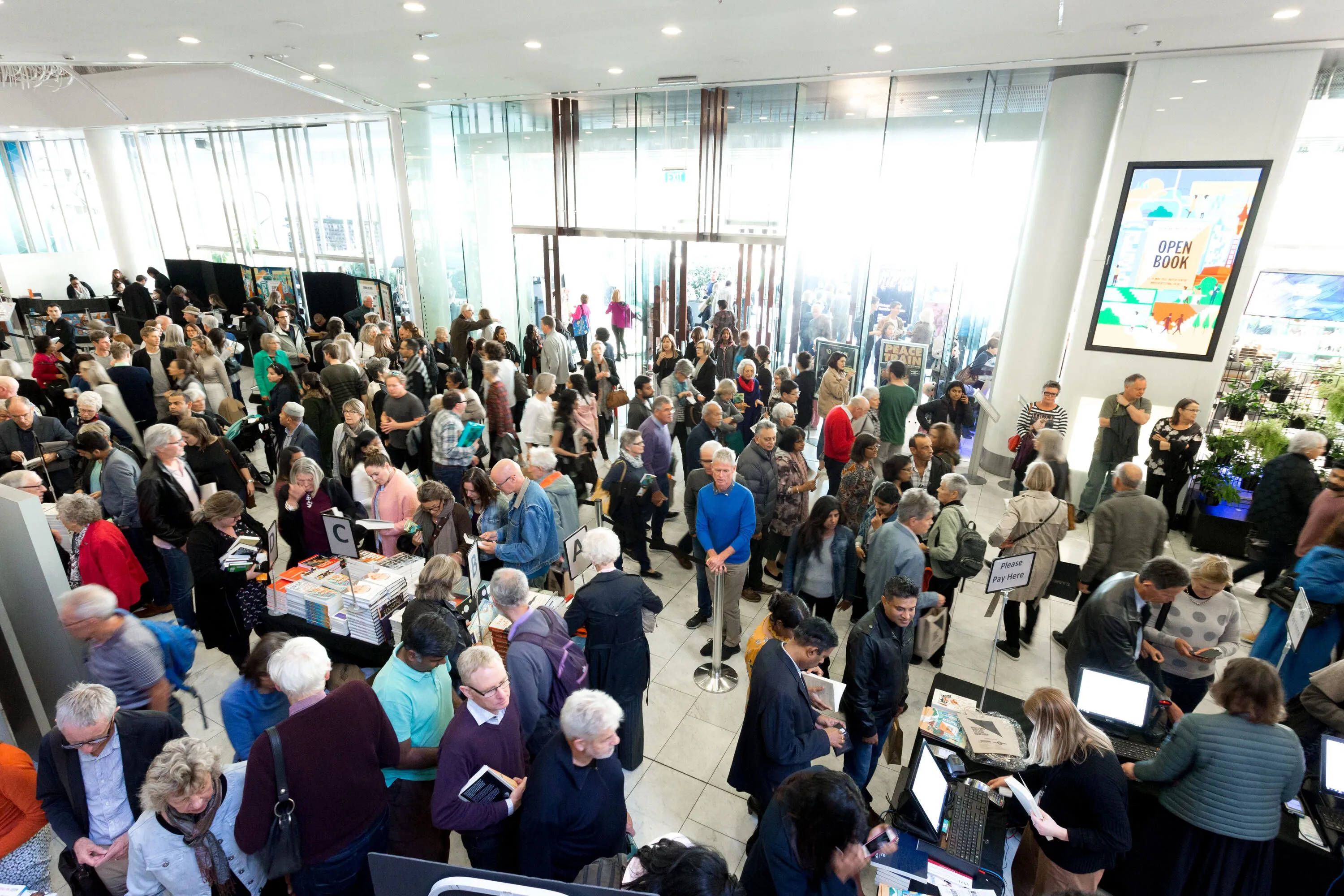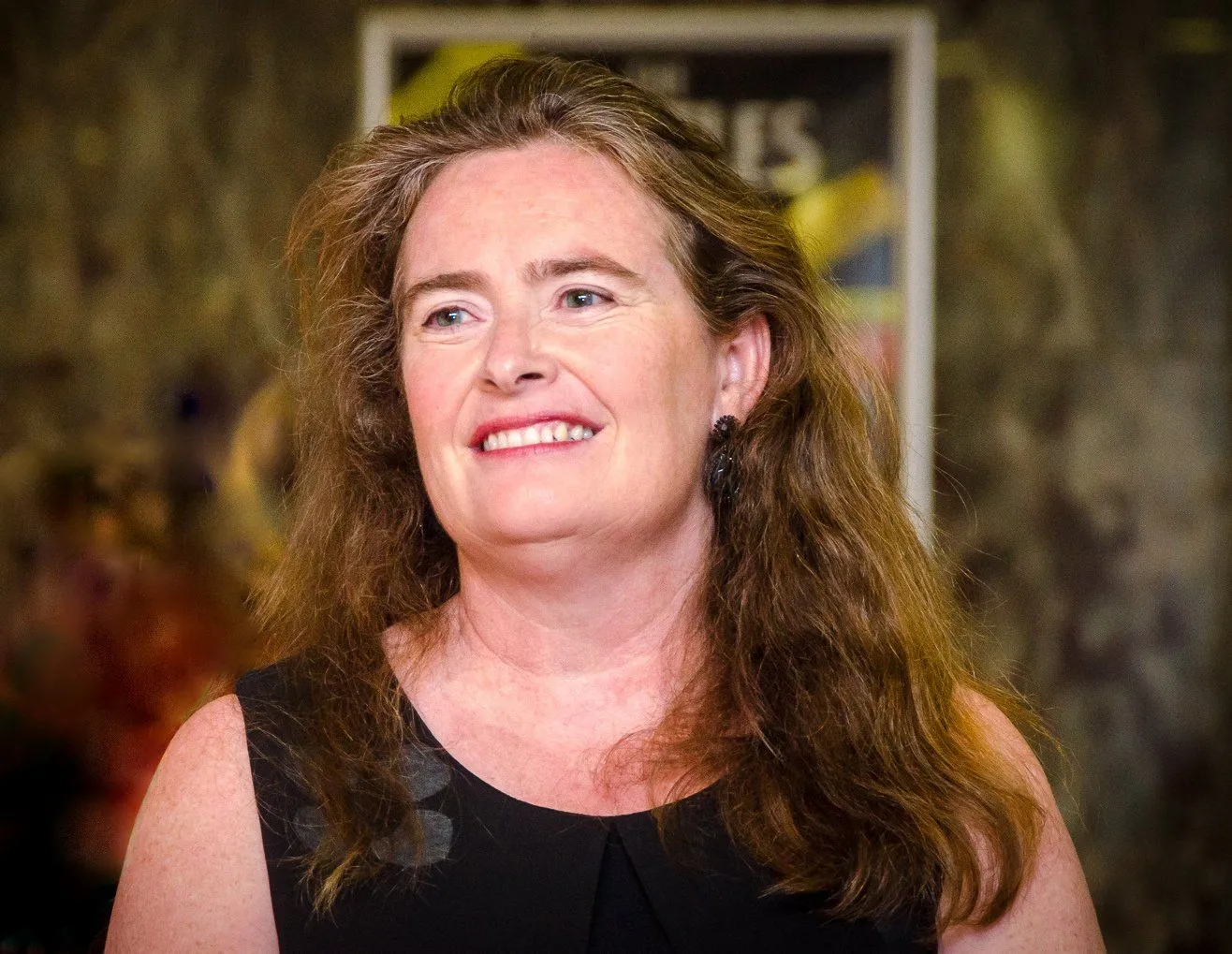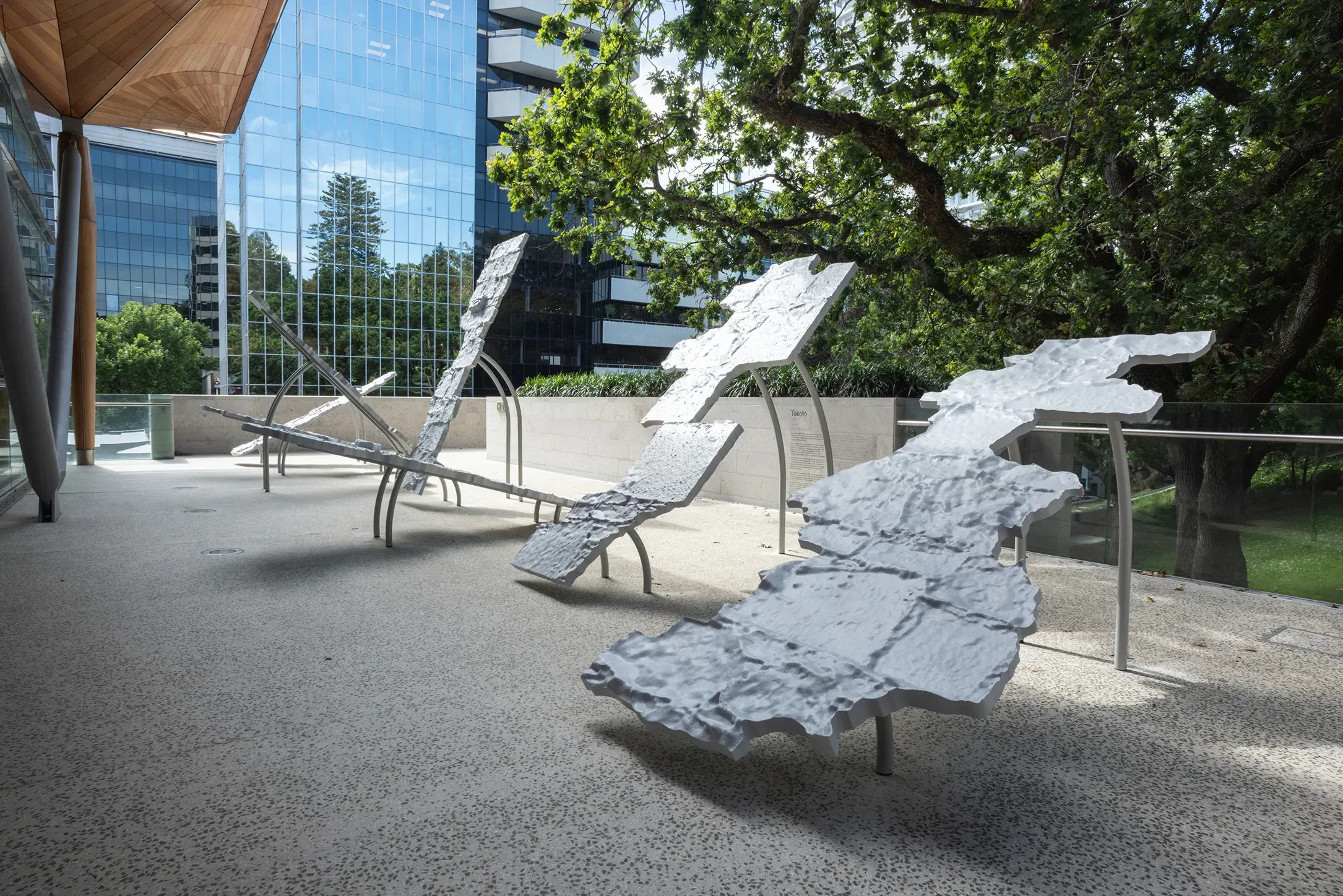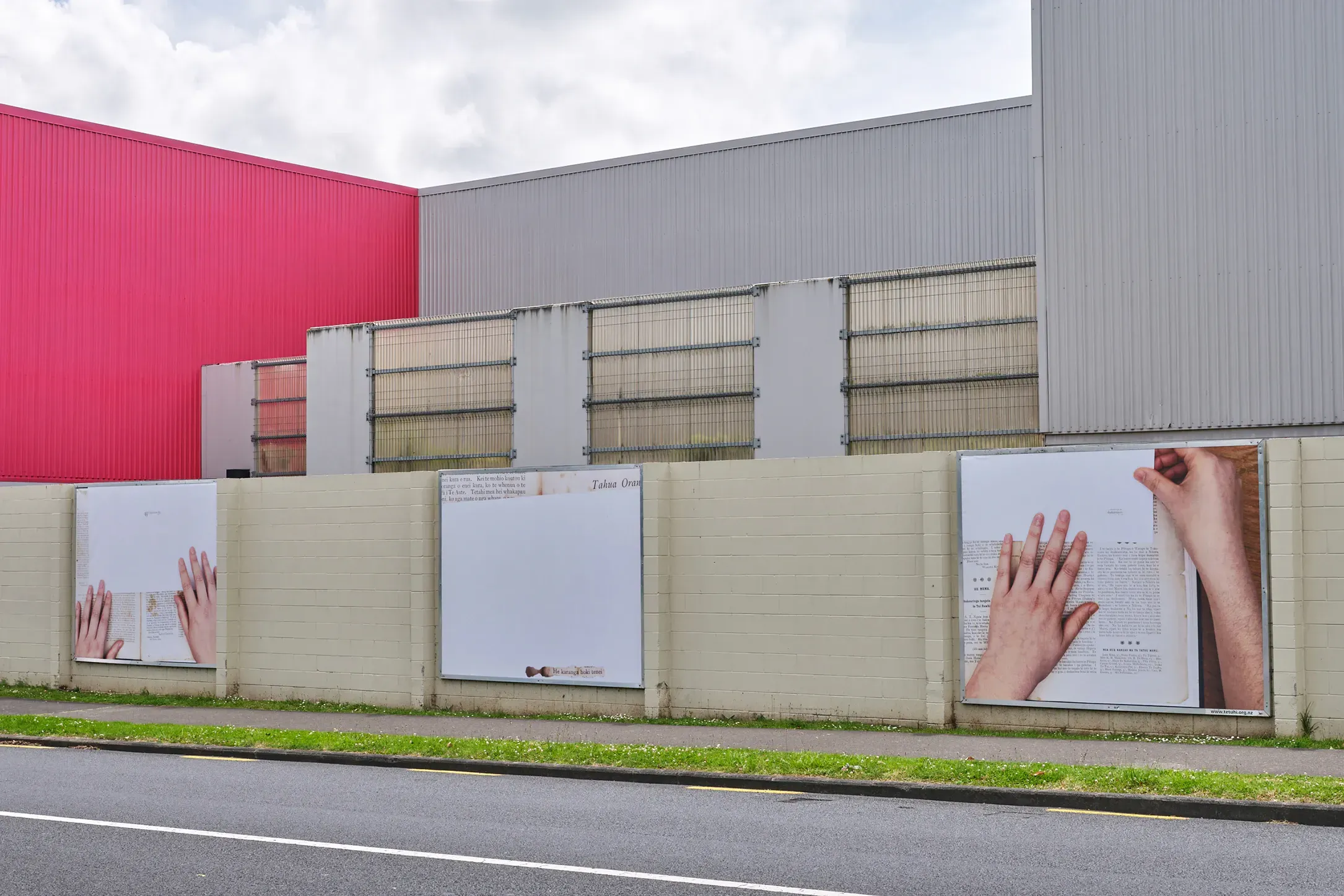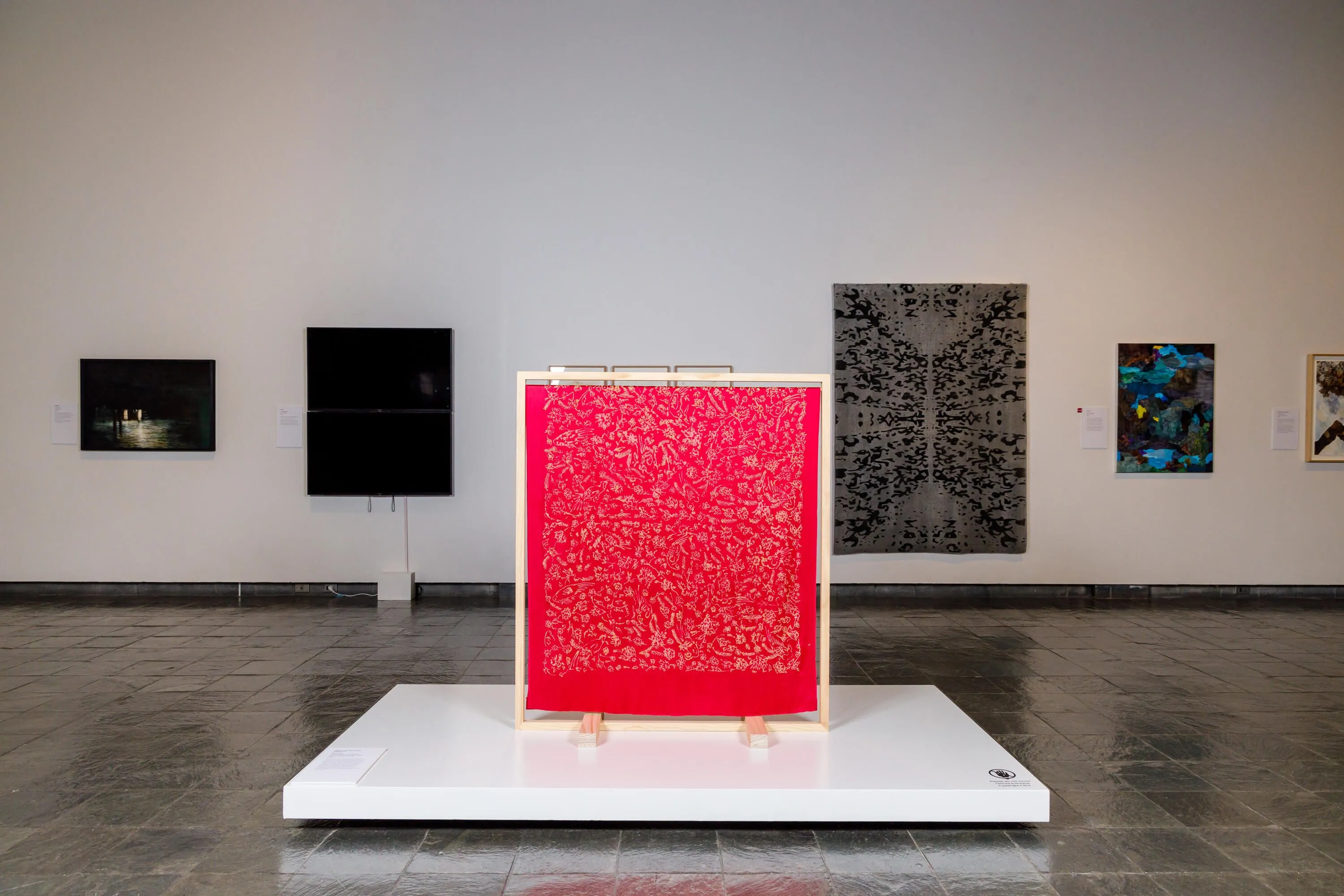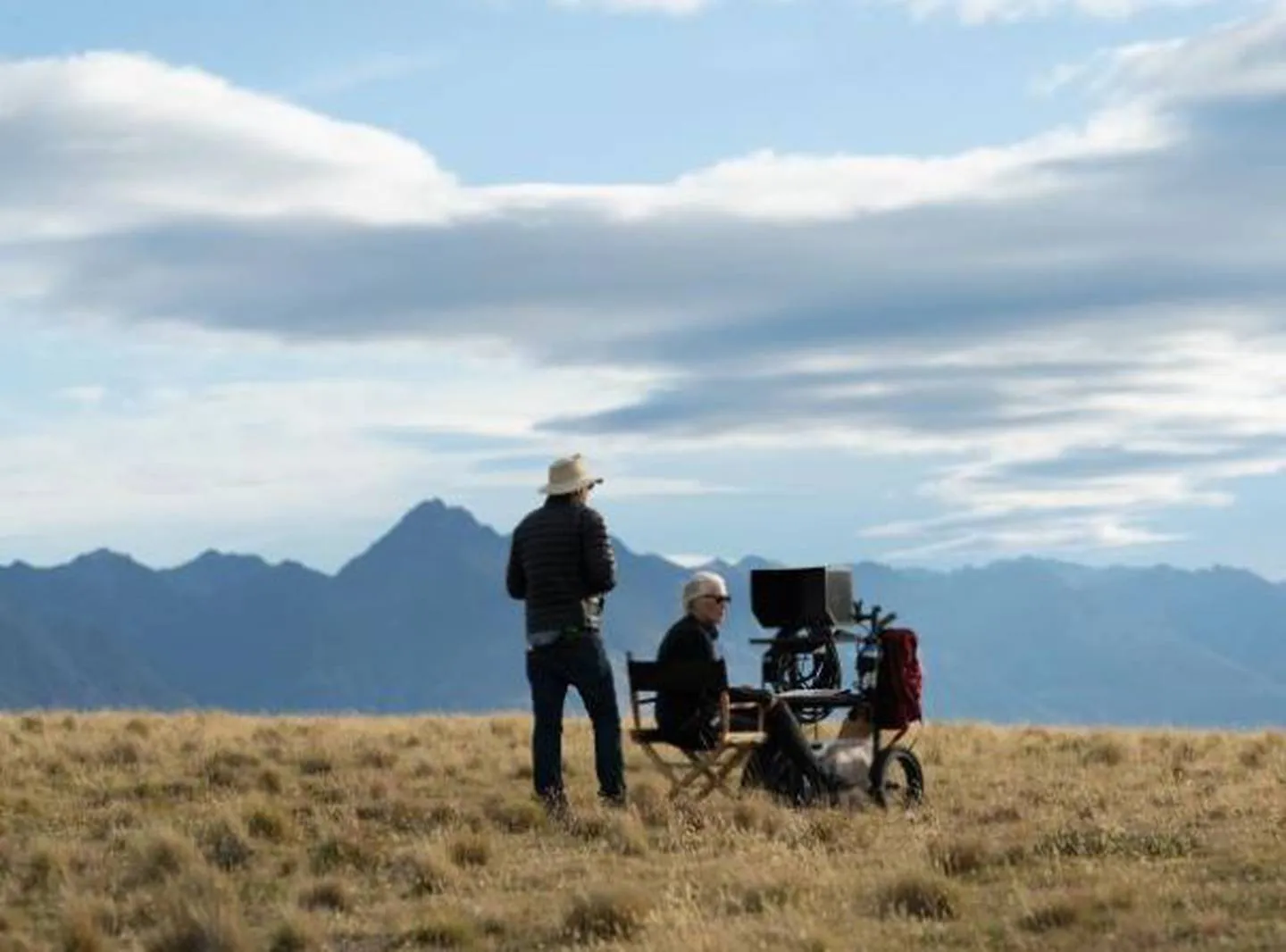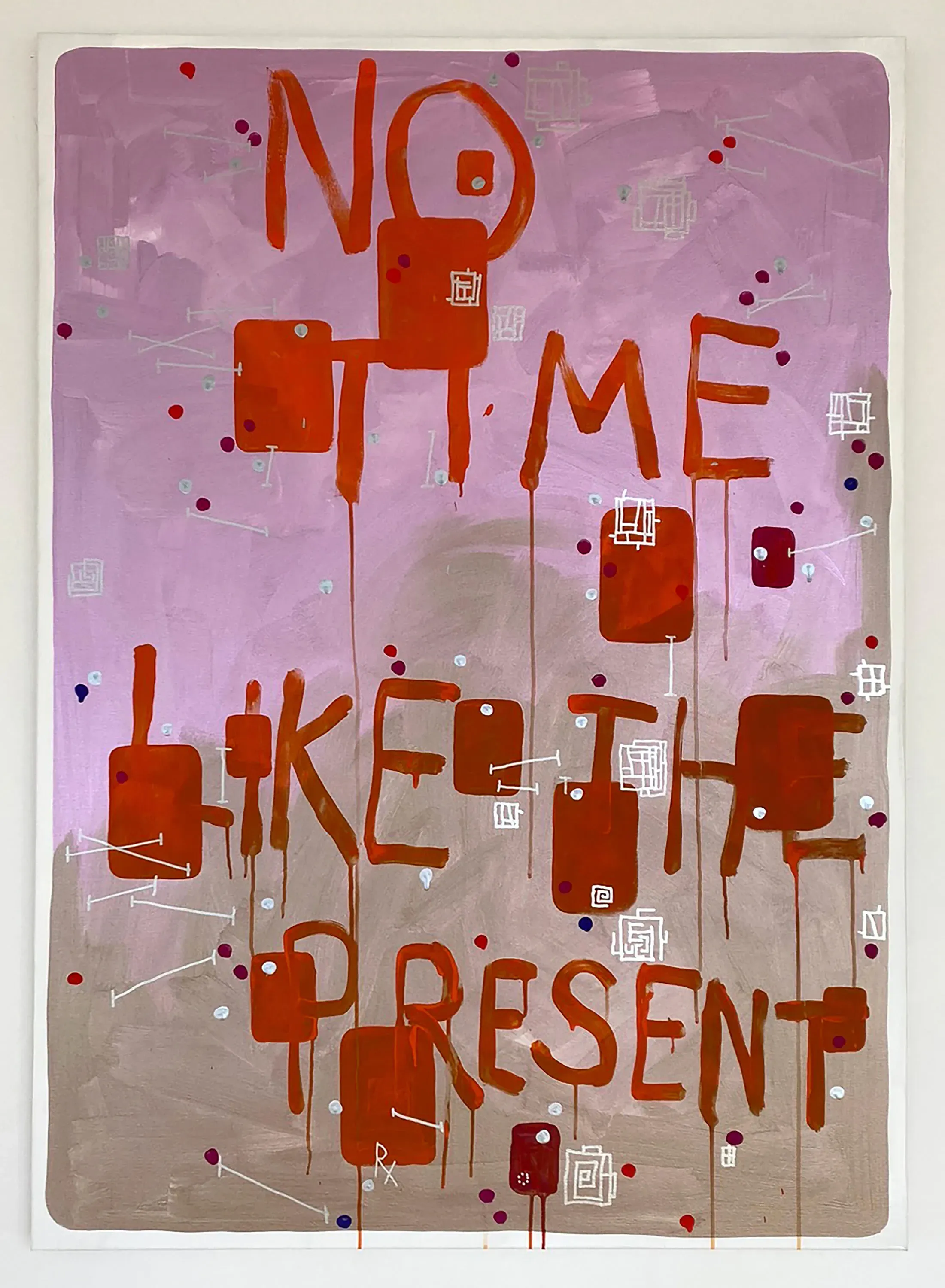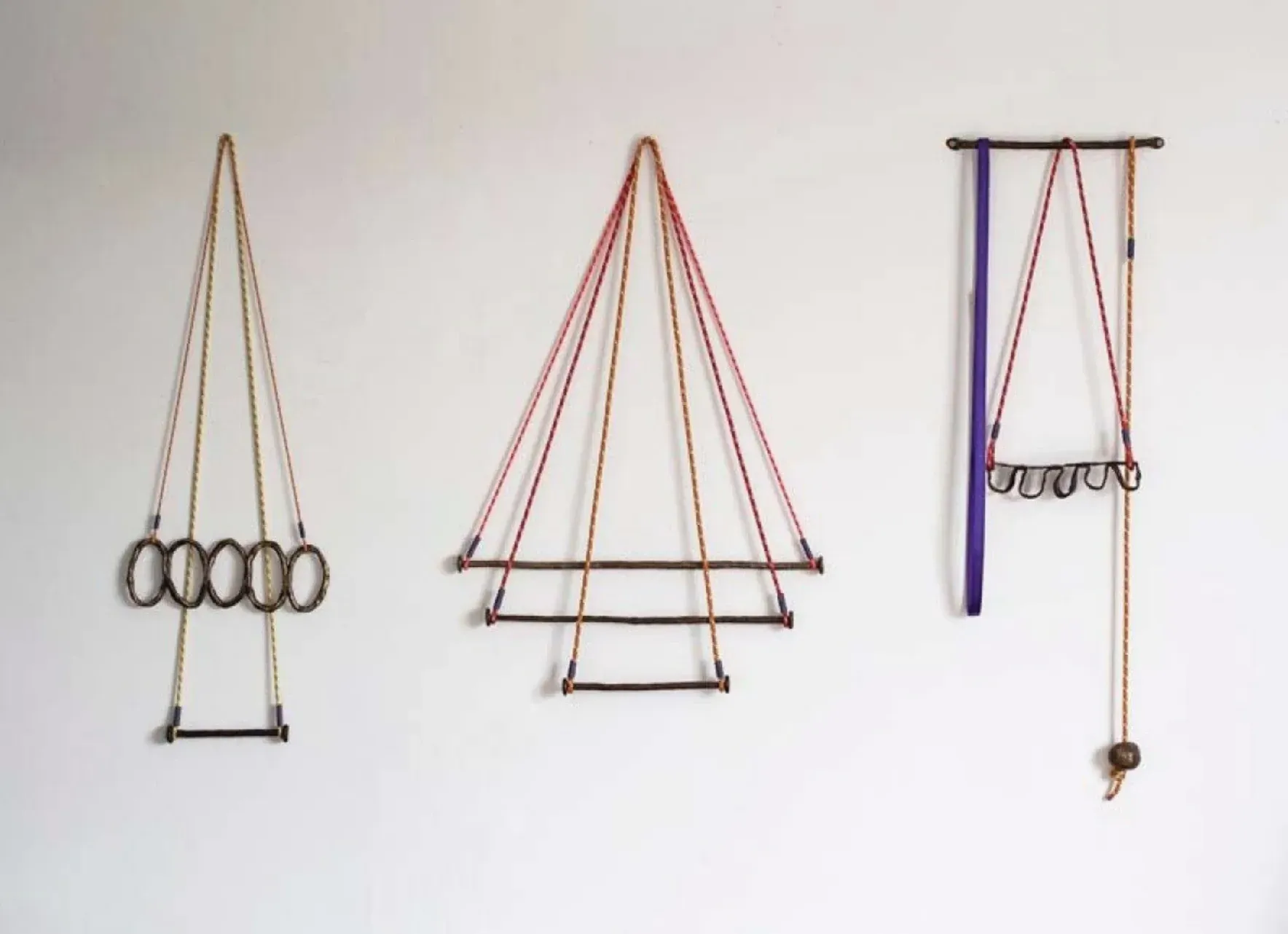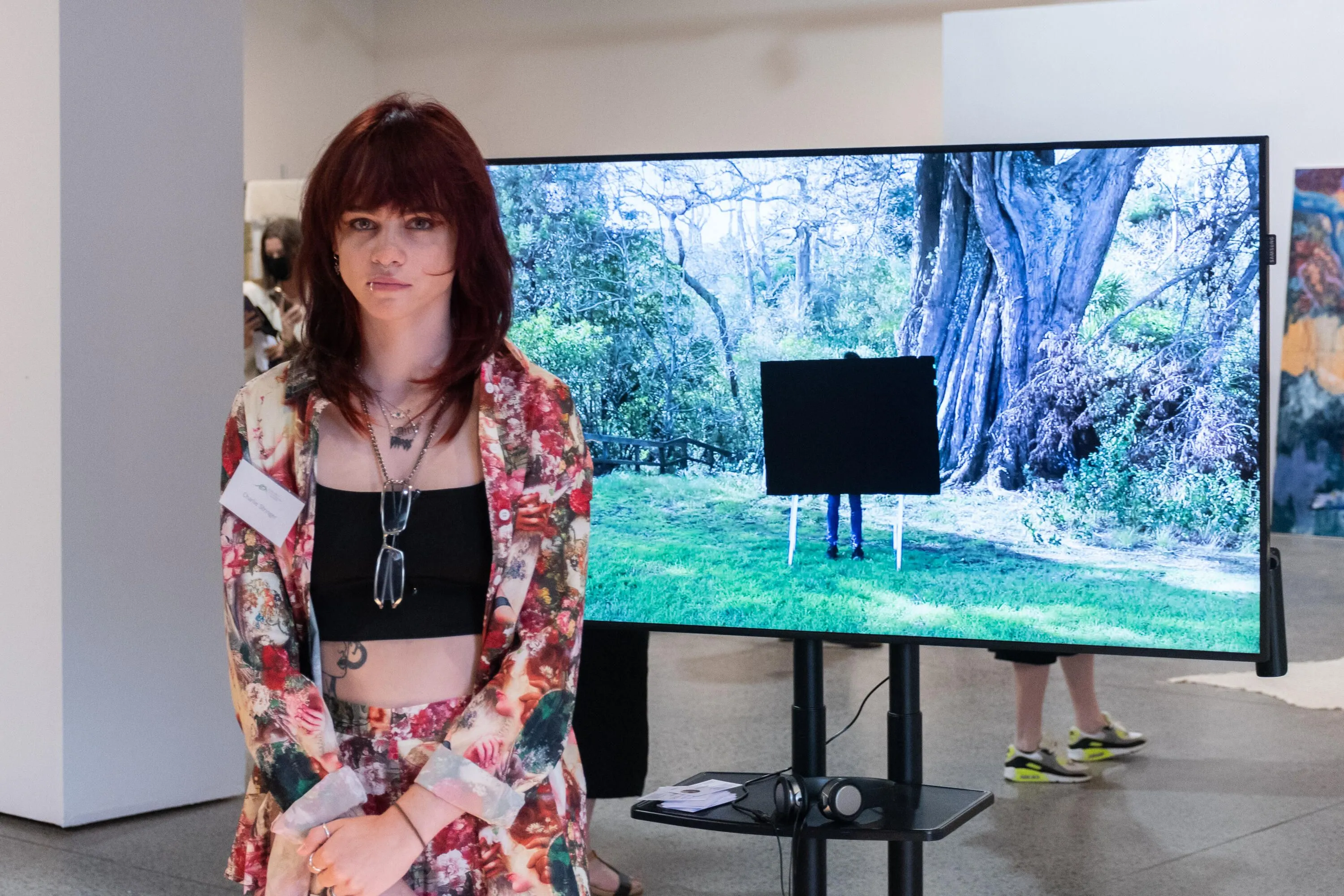Celebrations, Commendations…oh, and COVID Cancellations
Written by

There is some genuinely positive, rosy news to emerge from the creative community this week.
Talented, creative New Zealanders who deserve to have their recently announced achievements recognised.
And we will get to that. Promise.
As much as we all need a boost of brightness, as ‘over it’ we can all feel about the ceaseless barrage of bad news - it’s also the biggest issue gripping artists, creatives and supporting industries in Aotearoa. Affecting livelihoods and quashing dreams left, right and centre.
Just as those who are being praised should be acknowledged, so too should those in Aotearoa’s creative community who are watching their hard graft and creative outlets collapse in front of them - many (potentially all) not for the first time.
The dominoes kept tumbling in another bitter 24-hour block.
Taranaki’s eclectic and vibrant World of Music and Dance (WOMAD) festival - which was one of the last events staged before the original 2020 Lockdown - has been cancelled for a second straight year. The three day event, which had capacity for 14,000 attendees each day, is counting their lucky stars for the one-off underwrite of nearly $2 million from New Plymouth District Council for this year’s event, along with the Government driven Events Transition Support Scheme.
Wellington music lovers also felt the cruel and inevitable COVID cold shoulder with Homegrown scrapped. 22,000 fans were expected to see some of NZ’s most loved music acts perform across the five stages.
Both these March events have offered ticketholders one of the latest trends in cancellation policies, the option of rolling it over for next year’s respective events - or a refund.
But likely the blow felt most consciously by the creative community was the mammoth 51 acts being cancelled from March’s Auckland Arts Festival (AAF).
Lost are projects 30 years in the making like Teremoana Rapley’s performance debut solo album Daughter of a Housegirl, the extravagance and energy of events like the Legacy Vogue Ball, the Pasifika twist on Aladdin, Alatini among so many varied and anticipated offerings.
Just like another of the artistic cornerstones of the creative calendar, Aotearoa New Zealand Festival of the Arts, faced last week - AAF’s been left with little choice and made the call to presume the Red Light setting is not going anywhere fast.
AAF Artistic Director Shona McCullogh says the road to decision-making for each event has not been easy.
“Of course, this is devastating. This is our third annual Festival in a row hit by the pandemic, and this is by far the worst impact we have experienced.”
McCullagh continues “we are well aware of the short, medium, and long-term impacts this has on artists and the wider arts sector, who live to create, produce, and perform,” adding, “it breaks our hearts.
“However, the Festival team and our artists are resilient, and endlessly creative.
“We are summoning all of our positive energy to inject a renewed vigour into our team, campaign, and festival. We’re putting our shoulders back and our heads up, together, to deliver a special, but smaller, safer Festival in March, made up of truly beautiful online, outdoor, and visual arts work.”
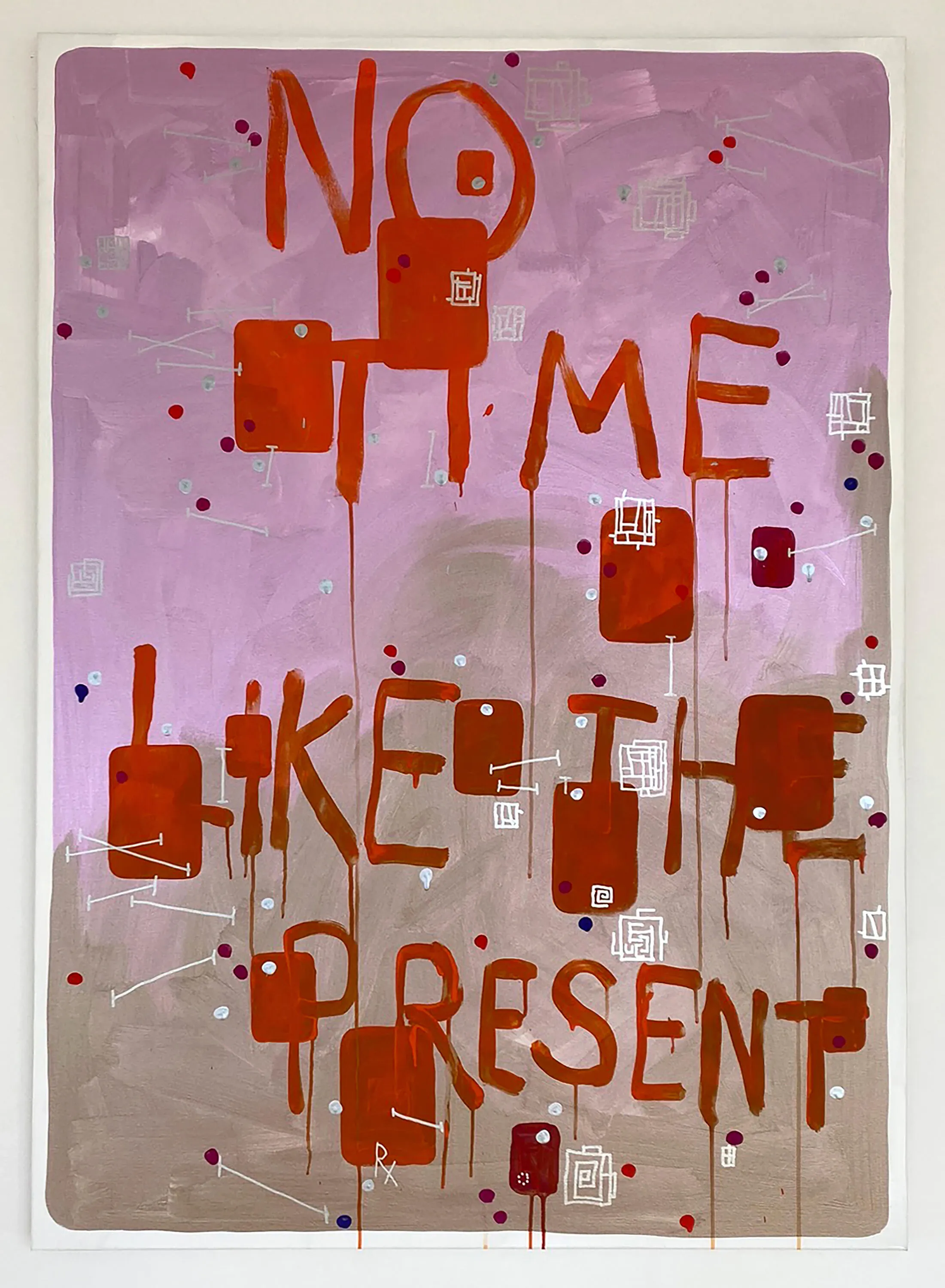
John Reynolds Smoke and Mirrors still on at Auckland Arts Festival. Photo; Supplied.
That will include visual highlights like the thought-provoking John Reynolds’ exhibition Smoke and Mirrors, 30 curators from 25 different counties combining for Notes for Tomorrow and the impressive/imposing presence of inflatable humanoids on display via Susan Parer’s Fantastic Planet installation.
All up, 15 events are still running in the programme - with a scope to add more on the “digital stage” if possible.
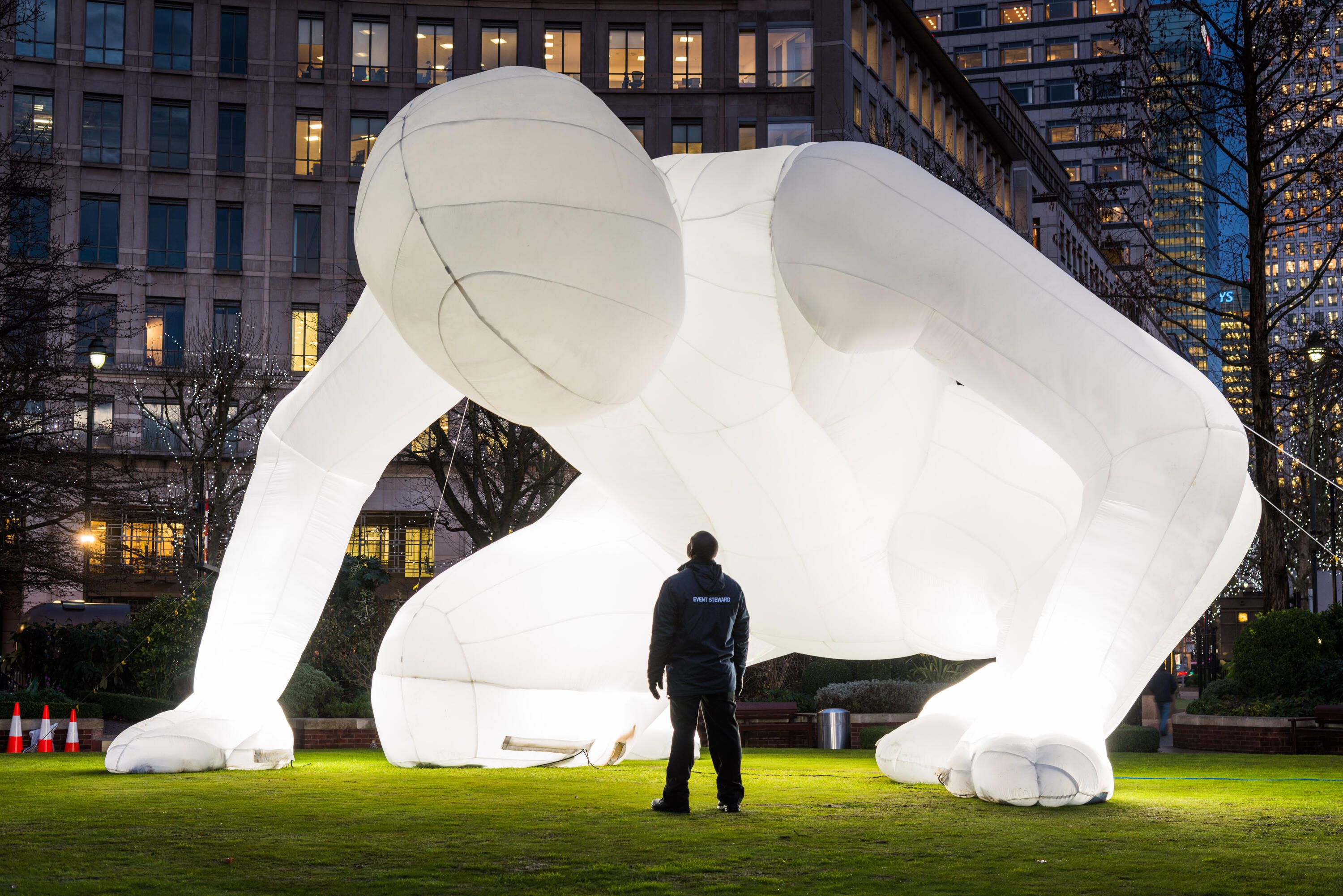
Fantastic Planet is still going ahead at Auckland Arts Festival. Photo: Supplied.
That’s where the world premiere of the always innovative theatre company Nightsong’s A Stab in the Dark will now come to light after being forced to abandon the concept of having a live, in-the-flesh audience.
Nightsong Co-Director Ben Crowder told The Lowdown the work was originally brought to life as a short film trailer/teaser as part of last year’s Digital PANNZ Arts Market.
“It was a great experience and was a real calling card for the show but also got us thinking about the cross over between the live/digital/theatre/film intersect.
“This enterprise also opened up some new approaches at an early stage and has continued to inform the work’s development. So in turn, we had been devising plans to film the stage version in a high spec way and were looking at incorporating some hybrid aspects.
“When the move to red light setting was announced, we immediately started conversations internally and with AAF about this show shifting to a digital form that could be of a creatively interesting proposition without a live audience.”
Crowder and Co-Director Carl Bland are working on a version that will be more than just a couple of cameras recording the stage action. Crowder hints the show is already a highly visual one and points out they have a cast - headlined by Joel Tobeck - that is vastly experienced in both screen and stage. “The designers/technicians surrounding the work have also all leapt at this new departure point,” he adds.
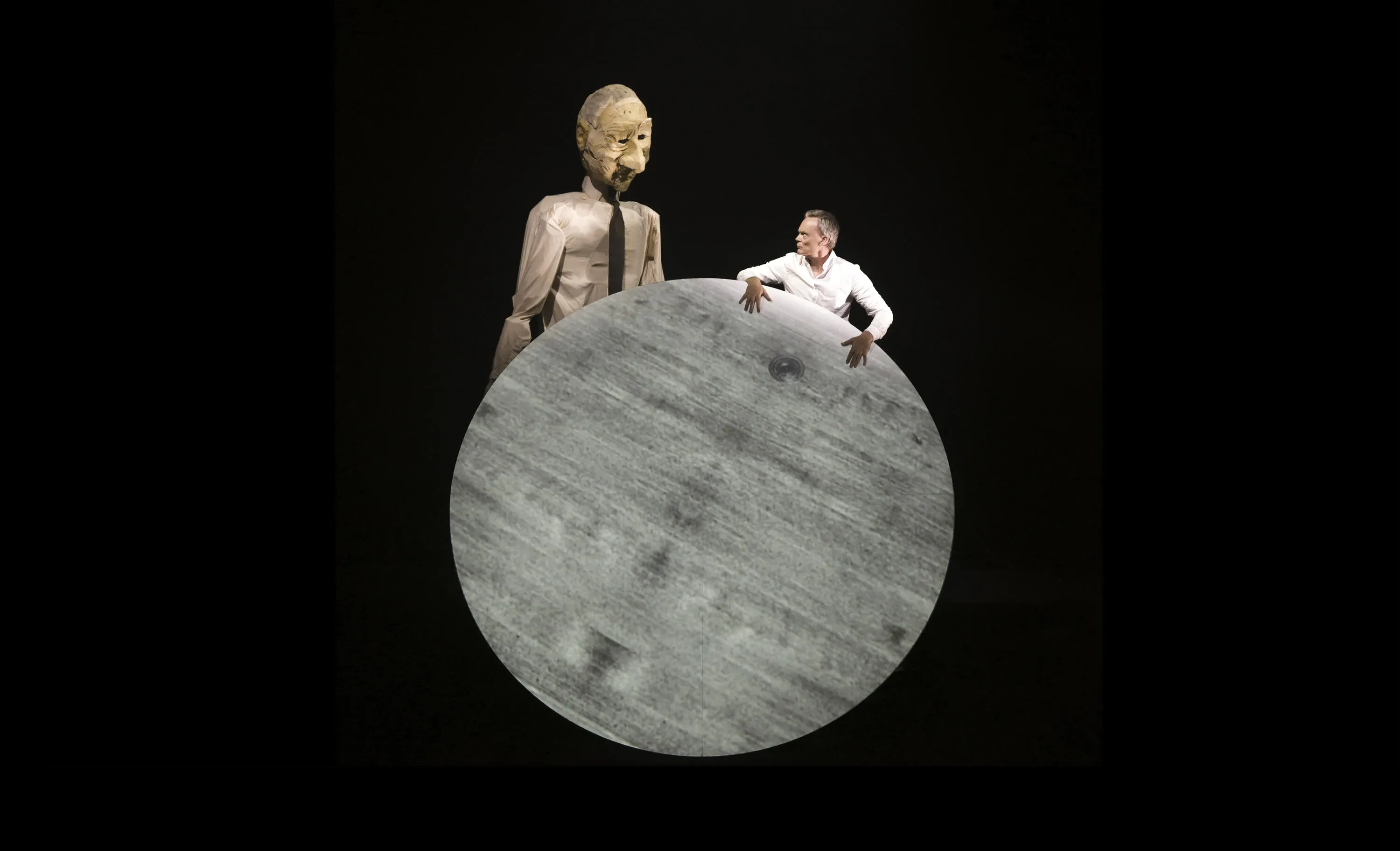
Nightsong's A Stab in the Dark. Photo: Supplied.
“Even if the show had been cancelled, we would have needed to carry on making it to fulfil our funding agreements. So to have the opportunity of still having an outcome that we can share is unbelievably positive.
“Though we would have persevered, emotionally I think the concept of working so hard on a work and not knowing if it would ever be seen would have been demoralising – particularly after so many other knock-backs in recent years.”
But the threat of Omicron hitting the company itself requires even more acute planning. “We are working more akin to the old Alert Level 3 or 4 settings – and have had to ask all key participants to curtail their lives over the next few weeks so we have the best chance of getting to the Live Stream filming day on March 11 without the need to isolate or be infected.
“We are obviously aware how devastating these cancellations and postponements are across our sector; which has, if anything, engendered a great generosity from within our team to do everything in their power to minimise possible threats so the work can be shared.”
In the silver lining category - as we’ve seen in the past two years, taking shows online may rob performers and theatre lovers of the in-person experience but it does open up a whole new, worldwide audience.
“Nightsong has been talking to various international presenters about the work – including being part of Australian Performing Arts Exchange last year. One potential advantage of this shift to live stream is the ability to get these international presenters watching from their own countries.
“We are already underway contacting key people here, and have been encouraged that the sense of appointment viewing of a live stream seems to have hit a chord - with several European programmers indicating a theatre at breakfast-time appointment would work for them.
“And of course it also opens up an audience in other parts of New Zealand who would have been unable to access the Auckland season.”
Holding on
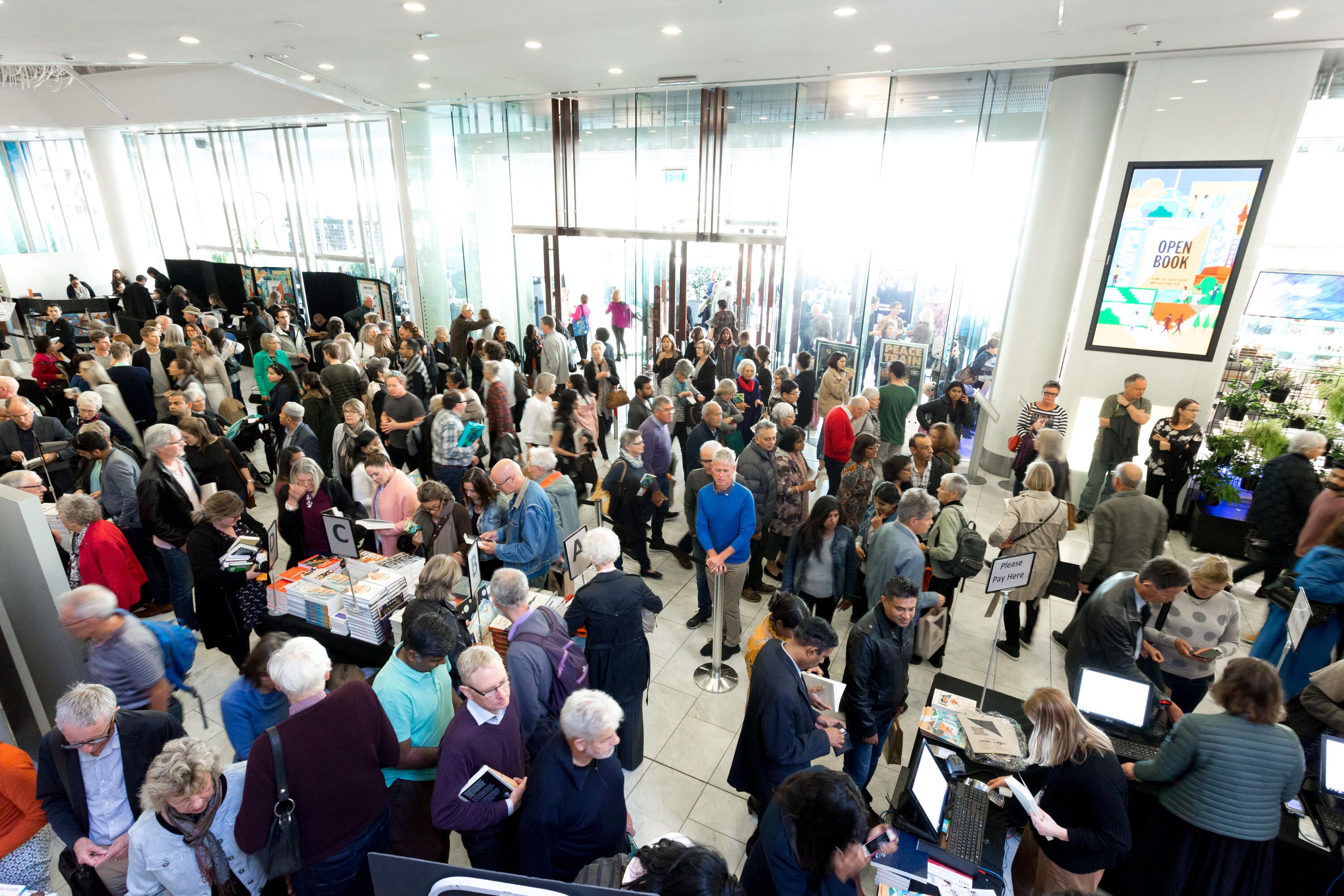
Omicron won't allow these scenes to be repeated at Auckland Writers Festival in May, but hopefully August....Photo: Supplied.
As Nightsong shows, adaptability has become one of the most critical skills to have in the creative sector.
And thankfully, that is something the arts has long had in spades.
But it doesn’t mean it’s easy. For the past 23 years, the month of May has been headlined by the The Auckland Writers Festival.
But not this year.
Thankfully, the annual fixture has been able to move the event back to August for this year, confirming that it’s a one-off and will return to May next year.
Festival Director Anne O’Brien told The Lowdown “the determining factor was an assessment of the likely trajectory of Omicron across a 3-4 month period (looking at overseas indicators amongst other things) and the related potential disruption in the lead up to the Festival, as well as across Festival week, including guest comfort, availability and health, staff and volunteer ability to deliver without disruption with such a small and critically skilled team, and audience appetite to purchase and to attend.”
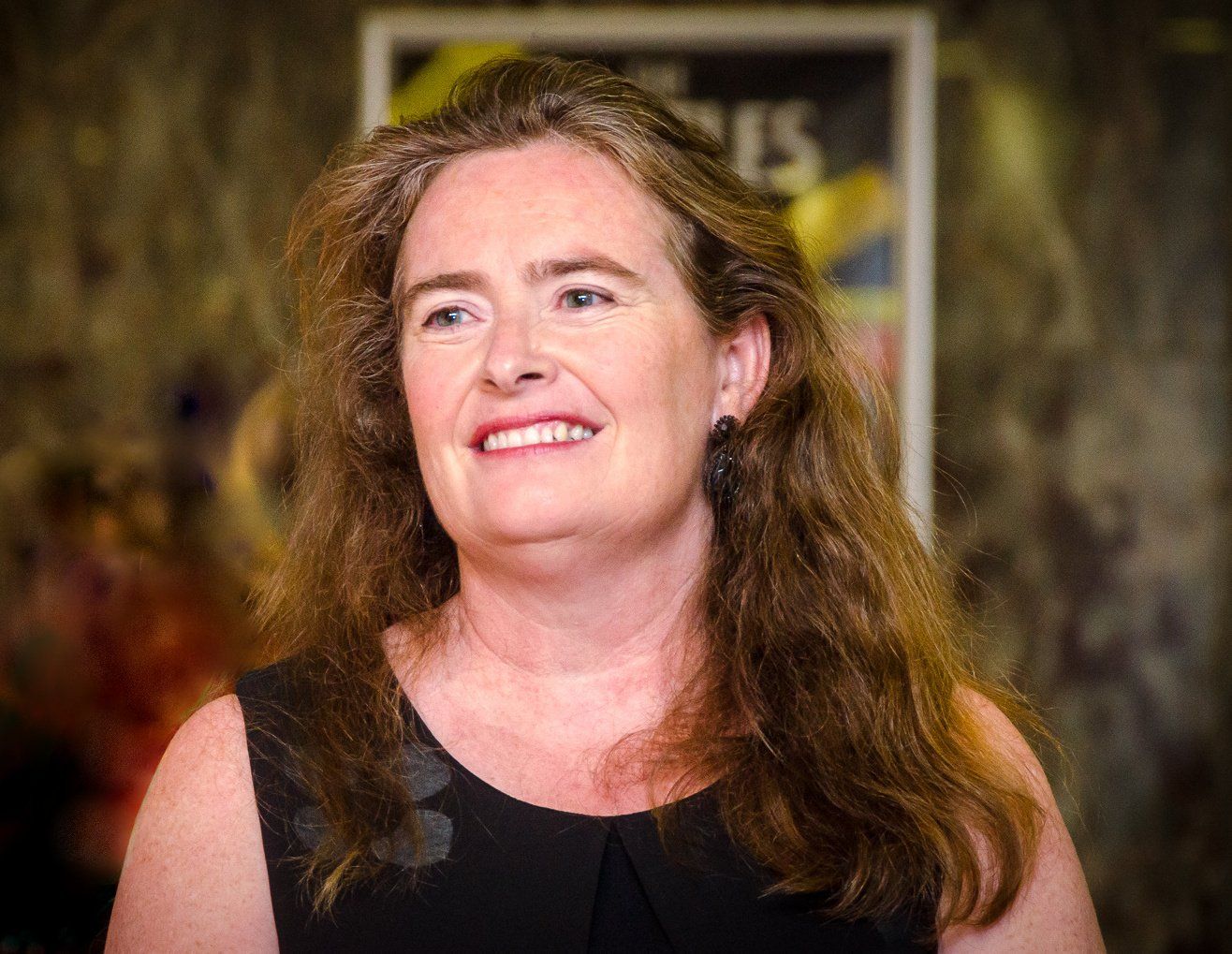
Anne O'Brien. Photo: Stefan Marks.
On the calendar shift, O’Brien says “the news has been received exceptionally well. We’ve had great support, and the feedback has overwhelmingly endorsed the decision as the right one and welcomed our commitment to trying to deliver a live event in 2022.”
Writers weren’t booked with back-up dates so O’Brien and the AWF team have “spent the last few days working through implications with them of a shift. We anticipate having to make a handful of changes due to unavailability but the vast majority of guests have endorsed the move and can accommodate the shift.”
She notes “local writers fees are largely covered by Creative NZ funding and we are committed to paying them if the Festival ultimately can not proceed.”
The Nelson Fringe Festival is another shuffling the deck, moving the April-May programme in a new (and they note slightly chillier) June-July slot.
Whether its delaying the inevitable or buying the right kind of time for more palatable traffic light settings remains to be seen, the option of hope is one that should never be sneezed at.
Government support update
Another prerequisite for any organiser or producer right now is to see what support they can get.
Late on Wednesday afternoon, Manatū Taonga MInistry for Culture and Heritage confirmed the announced extension of the Arts and Culture Event Support Scheme (previously locked-in events scheduled before 3 April, now through until 31 January 2023) are now open for registration.
The advice here is pretty simple - if you’re running a free event, or one ticketed with attendance capacity between 100 and 5000 that was planned before the Red Light announcement, you owe to those who are giving you their time and effort to look into it. With up to $300,000 of support available if you’re registered before your event and pre-approved, it seems like a no-brainer to at least investigate. Here are the details to check before applying.
O’Brien says the Auckland Writers Festival is still working through it - “with the extension to 31st January 2023 we are now actively exploring it as an option noting that there are some fishhooks in it for our financial model which leaves us heavily exposed on overheads.”
So far 162 events are on the confirmed list (with several of those having multiple locations like Benee’s nine venue nationwide tour) - that number could grow sharply.
Ironically, MCH has had to postpone some of their own Cultural Sector Innovation Fund events - with the Te Urungi: Innovating Aotearoa get togethers that were scheduled to take place in February and March in Te Tai Tokerau, Auckland and Gisborne pushed back until after Easter.
For any individual or organisation wanting to know how they can get a piece of the additional $35.5 million put into the Cultural Sector Emergency Relief Fund - Manatū Taonga’s reiterated getting the process up and running will still take a few weeks.
As a way of explanation, MCH wisely plans to test the new Fund settings with cultural sector representatives for feedback, update their systems to accept and process applications and need to train up a team to handle the high volume of expected applications.
Joe Fowler, MCH’s Deputy Chief Executive Te Aka Tūhono Investment & Outcomes says “we will be open for applications to the self-employed scheme ($5,000 grant) within a couple of weeks, which will give us just enough time to get some views from self-employed people in the sector with lived experience of the challenges we are hoping to address with the fund.
“We know that people in the sector are under stress and have unanswered questions on the eligibility and the application process for this fund. We will not be able to provide the clarity that people want until we have completed our rapid engagement this coming week.
“What I would say upfront is that we are, as always, having to balance the need for simple and rapid financial support, with the need to demonstrate that we have done what we can to reduce the risk of funding being misused.”
If you do have questions you can’t find answers for - it’s important not to get put off. MCH says openly it welcomes inquiries and questions via support.culture@mch.govt.nz - so hit them up.
Royalties revived
A boost too for the music industry, with APRA AMCOS announcing that it will pay $1.5m in live performance royalties to its members for gigs, concerts and festival appearances that were cancelled due to impact of the latest wave of the pandemic, between 1 October 2021 and 28 February 2022.
APRA Chair Jenny Morris states while the Government is helping to look after the events and venues, often direct support for those that write the music falls through the cracks.
“The APRA Board has approved this initiative so that swift action can be taken to support our members and pay them for the royalties they would have made from the live performances of their songs.
“When a gig is cancelled, many are affected financially, professionally and personally. But there is an intangible cost as well when our artists are unable to bring communities together, connect with their fans and when they miss out on the career development that literally can only happen on stage.”
The cutoff for APRA members to submit is 28 February 2022 with payments to be distributed in March - details are here.
The good news!
Our word is our bond - we promised the celebrations and congratulations.
Here we go.
Iconic Kiwi Filmmaker Dame Jane Campion’s prolific roll through the film industry’s award season shows no signs of slowing, after her New Zealand filmed Western epic The Power of the Dog led the nominations for March’s Academy Awards with 12 nods.
Dame Jane is making history as the first woman to be twice nominated for Best Director at the Oscars, she’s also up for Best Adapted Screenplay and of course the coveted Best Picture statuette.
There are plenty of reasons to herald this as a New Zealand success story besides Campion and the stunning Aotearoa backdrops used - NZ as a location is almost a fast-track to Best Cinematography nominations (Yep, The Power of the Dog is up for that too).
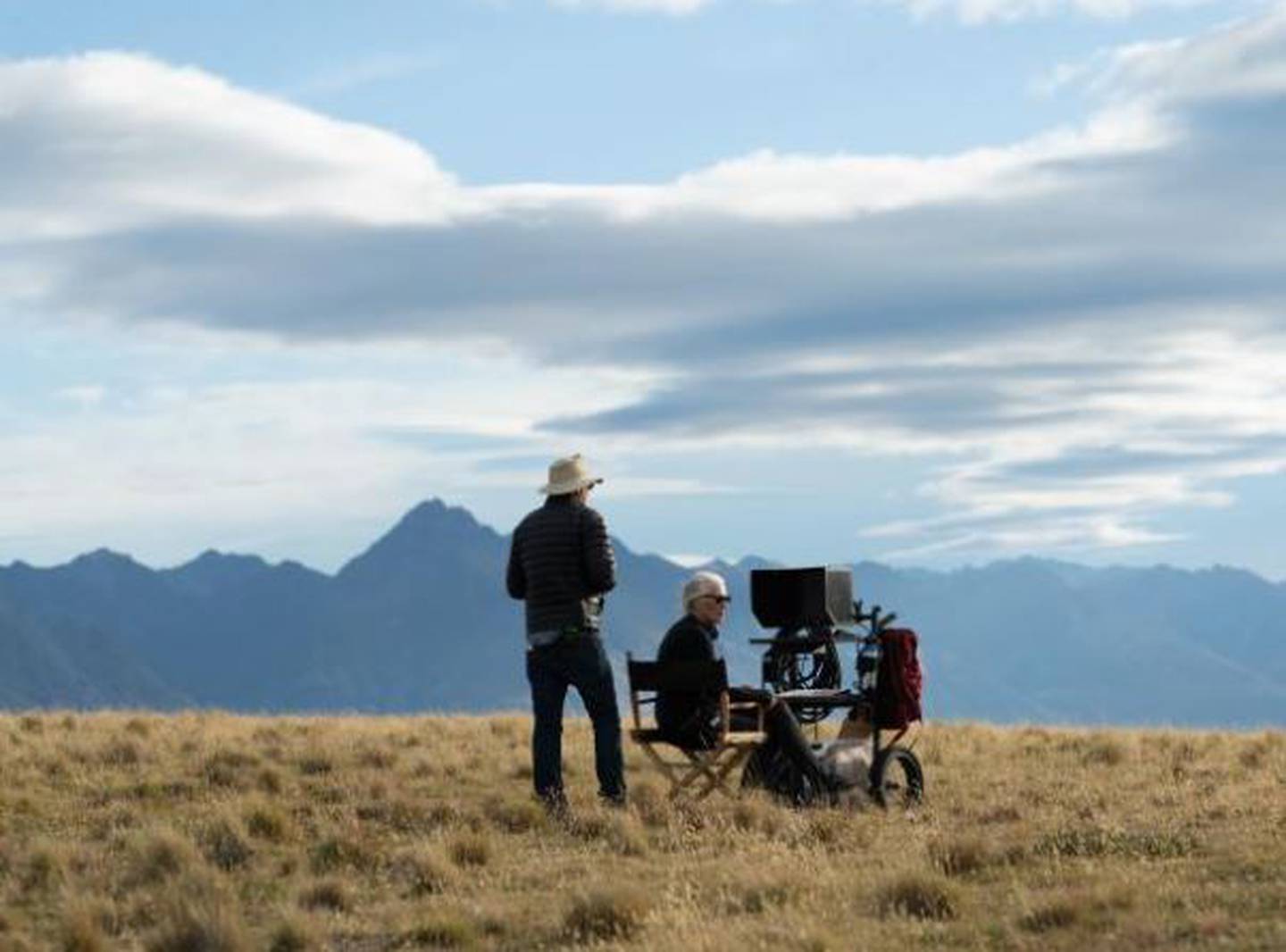
Dame Jane Campion and the stunning New Zealand scenery on display in The Power of the Dog. Photo: Netflix.
Hundreds of New Zealanders worked on this film - including Grant Major and Amber Richards who are nominated for Best Production Design. Major has tasted Oscar success before withThe Lord of the Rings: The Return of the King and told RNZ he found out about his nomination in typically Kiwi low-key fashion.
“I woke up to my partner Judy scrolling through the internet saying…’oh my god, your name’s here!’. Since then I’ve been fending off about 200,000 emails and messages, everyone’s so thrilled by this.”
New Zealand Film Commission CEO David Strong is understandably chuffed too. “It highlights what can be achieved by our screen sector, our outstanding creative talent, and the fact New Zealand’s scenery is diverse, spectacular and accessible. The fact Dame Jane chose to come home and make this film here, emphasises her absolute confidence in New Zealand and our people.”
Strong also states the Government’s roughly $8 million investment in the production led to a $28 million dollar boost to the economy.
“A significant portion of that investment went into service industries around our regions, at a time when the economy was reeling from the effects of COVID-19,” said Strong. “Add to that the international recognition the movie has brought to New Zealand and our screen sector, the investment has been worth every cent and will benefit us for years to come.”
And would it really be an Oscars if Wellington-based Weta Digital wasn’t in the running for Best Visual Effects? FX Supervisor Sean Walker and his team’s work on Marvel’s Shang Chi and the Legend of the Ten Rings has also been recognised.
Reconsidering Aotearoa
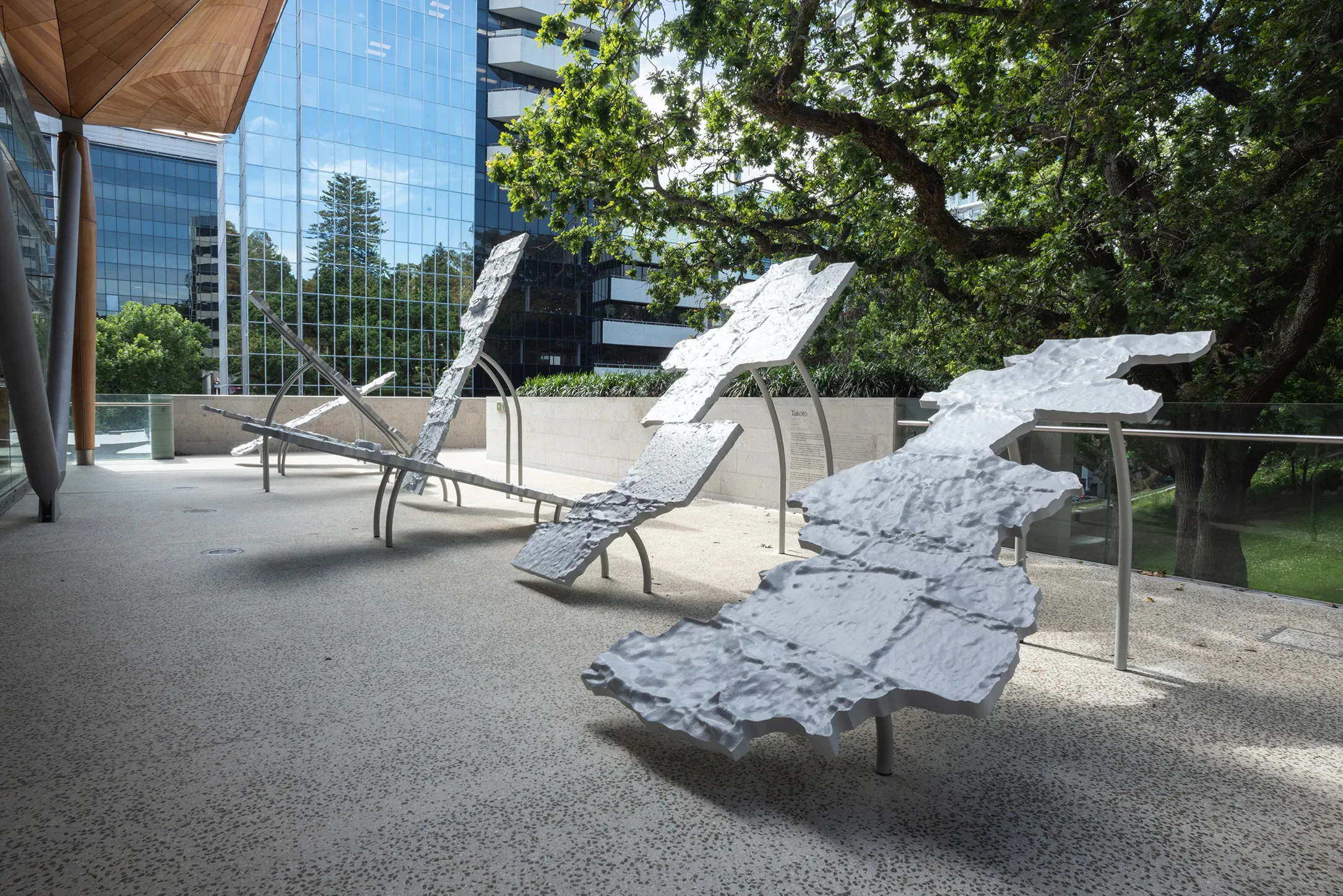
Ana Iti, Takoto (2020), Toi Tū, Toi Ora, North Terrace, Auckland Art Gallery toi o Tāmaki. Photo: Supplied.
Locally, there has been plenty of creatives with reason to smile this week as well.
Talented multi-media artist Ana Iti’s work exploring and reconsidering Aotearoa’s histories, identities and the representation of Māori histories within the built environment have seen her named as the recipient of this year’s $20,000 Grace Butler Memorial Foundation Award.
Working with video, text, installations and sculpture, Iti’s work is already held in Te Papa and Christchurch Art Gallery and she’s been exhibited in the likes of Auckland Art Gallery and the Govett Brewster. Her three-month residency at Canterbury Ara Art and Design will see her focus on the publication of a print-run artist’s book that features hand-printed artwork, text and commissioned writing.
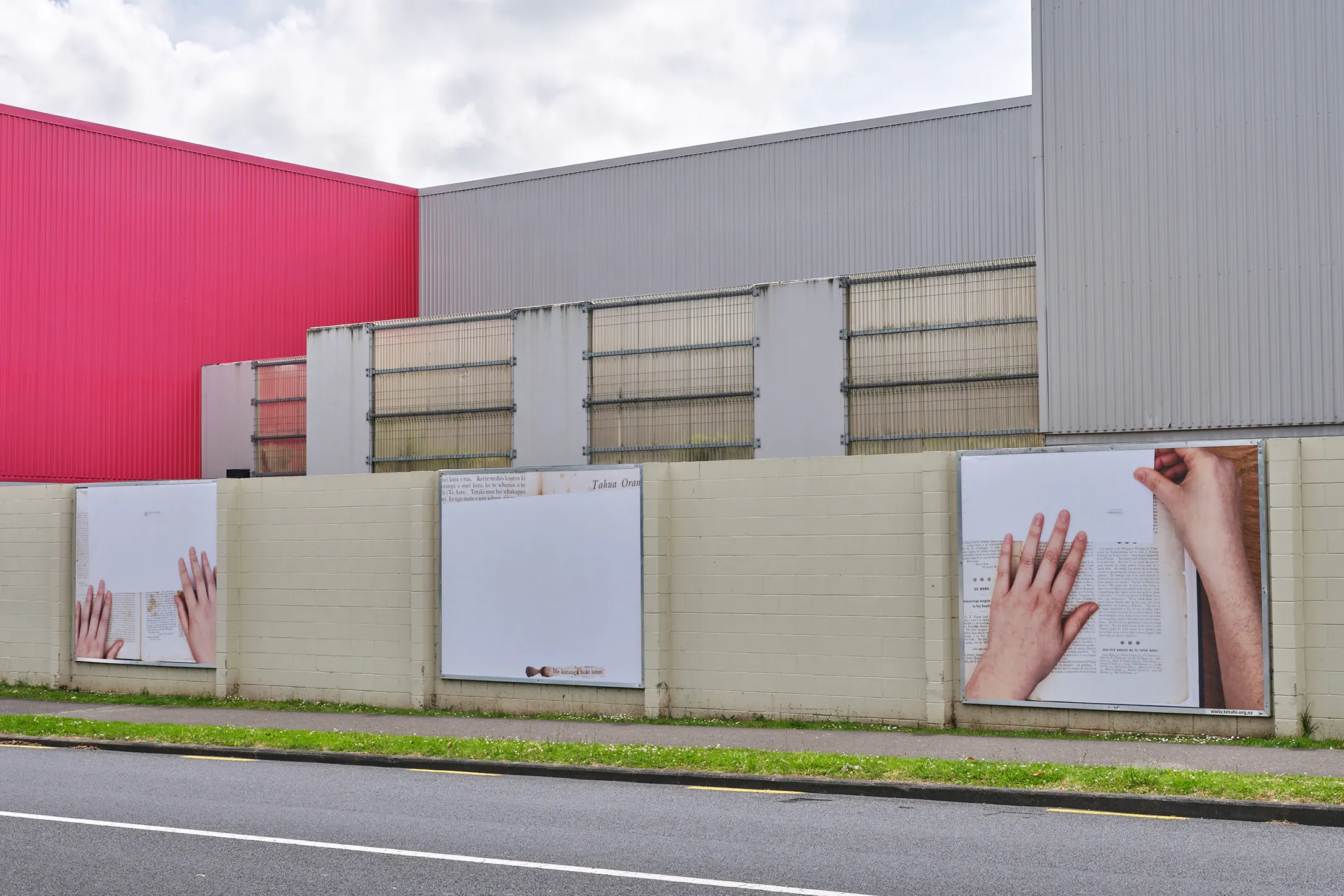
Ana Iti, Kimihia te āhua (2020), Te Tuhi Billboards, Tāmaki Makarau Auckland. Photo: Supplied.
The judging panel noted “Ana Iti’s work is compelling, relevant to current concerns, critical and thoughtful but also personal, poetic and highly engaging.”
People's choice
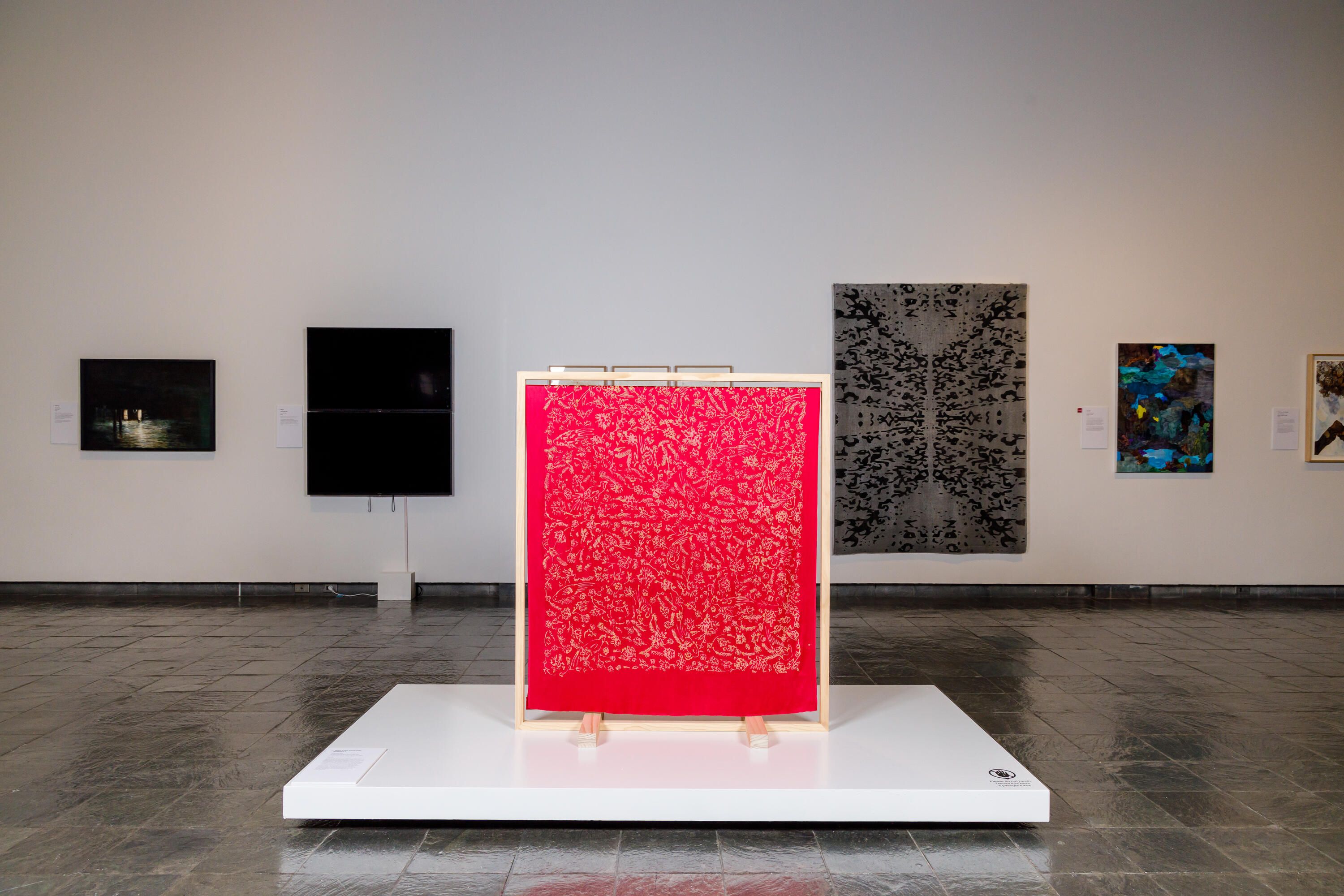
Rozana Lee's Hope is the Thing with Feathers 2. Photo: Supplied.
The National Contemporary Art Award for 2021 may have been handed out to Caryline Boreham for her video work Palmolive back in September, but the exhibition at Waikato Museum’s has just announced the People’s Choice Award.
Rozana Lee has claimed the Campbell Smith Memorial Award for ‘Hope is the Thing with Feathers 2’, made from wax drawings using tjanting (a traditional pen-like tool for applying hot wax) on hand-dyed fuchsia pink silk, draped over a wooden standing frame. The gong for being the most popular with the audience is accompanied by $250.
The exhibition featuring all the finalists' work has been extended until 20 February.
Just Breathe
More recognition of artistic endeavour at the New Zealand Open Source Awards - with interdisciplinary artist Vicki Smith receiving the Open Source use in the Arts.
The awards celebrate “outstanding work done with free and open source software and the artistic, scientific, and social outcomes it delivers in New Zealand”.
The treasurer of the Aotearoa Digital Arts network, Smith instigated the winning project Breathe but told The Lowdown it was realised through a team of people and support from the Nelson City Council. She released the IP of the artwork under Creative Commons “as I made sure everyone was paid and therefore it seemed best to encourage others to use the results of this project.”
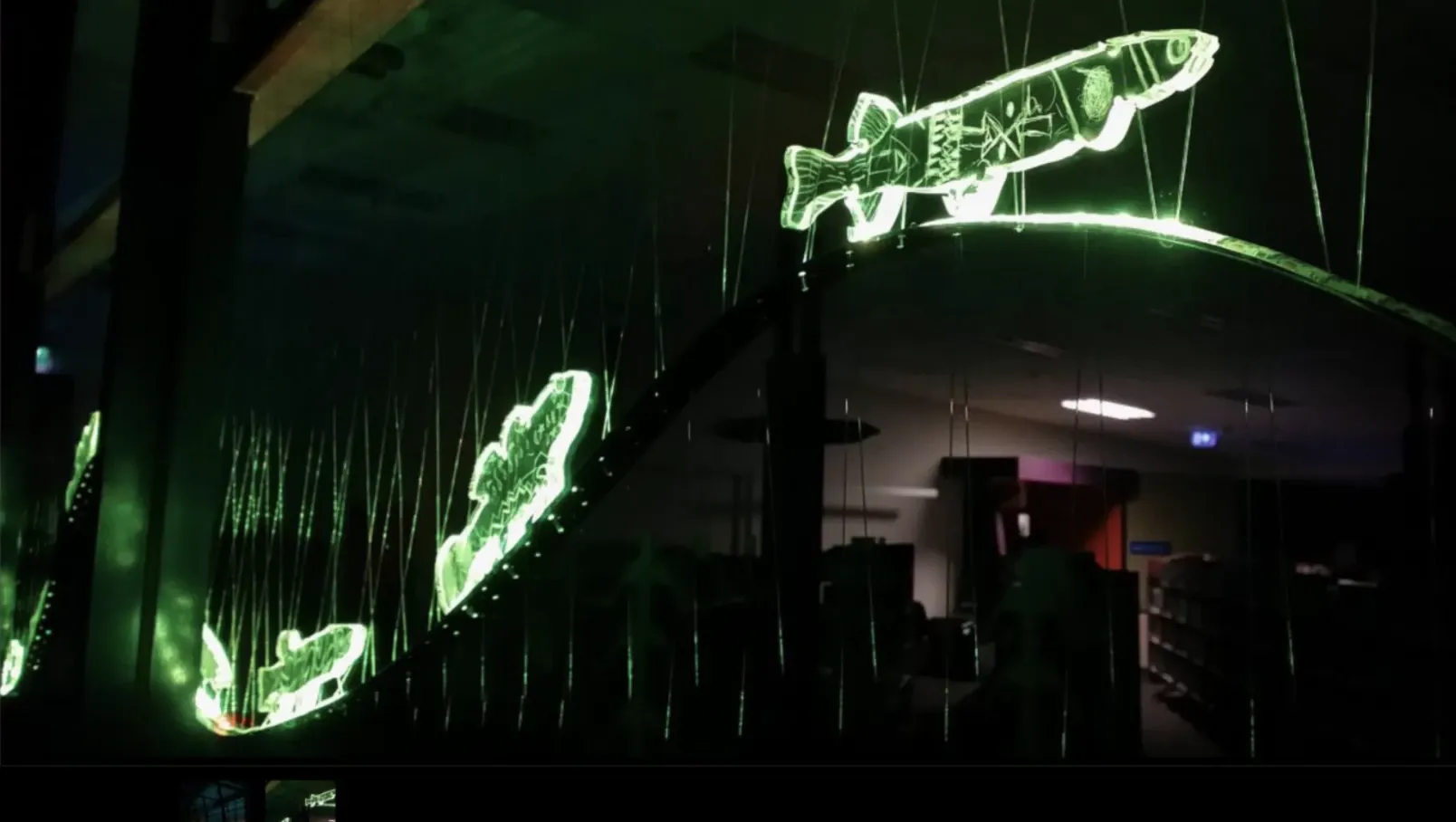
Breathe installation in Nelson. Photo: Supplied.
Smith, whose practice is largely based around participatory projects, specifically with a focus on narrative, environmental and socio-cultural aspects of our world today, says “Breathe encourages the community to think about water temperature and its impact on the viability of aquatic life through a series of internet connected native fish replicas.
“Art is integral in the process, the making and the resulting installation. It’s a means to share stories usually about our environment.
“By involving community in the construction of the works, the process and participation are the means to mutually develop understanding about the outcome. Being present in the work enables the community to share pride in expressing care and concern for our ecosystem.
“Art in this project is the vehicle for exploring the science of the waterway, increased water temperatures impact on the amount of dissolved oxygen in turn affecting the ability for aquatic life to survive.”
Best in the Bay
From 70 entrants, to 34 finalists, the supreme winner of the Bay of Plenty's premier arts prize has been announced.
With the $10,000 Miles Art Award open to anyone residing in the greater BOP region with pieces that have not been previously exhibited publicly, it was Tauranga-based Hannah Valentine who earned the 2022 title with her work Anything (Make it Happen).
Valentine and the other award winning works will be on display at Tauranga Art Gallery until May.
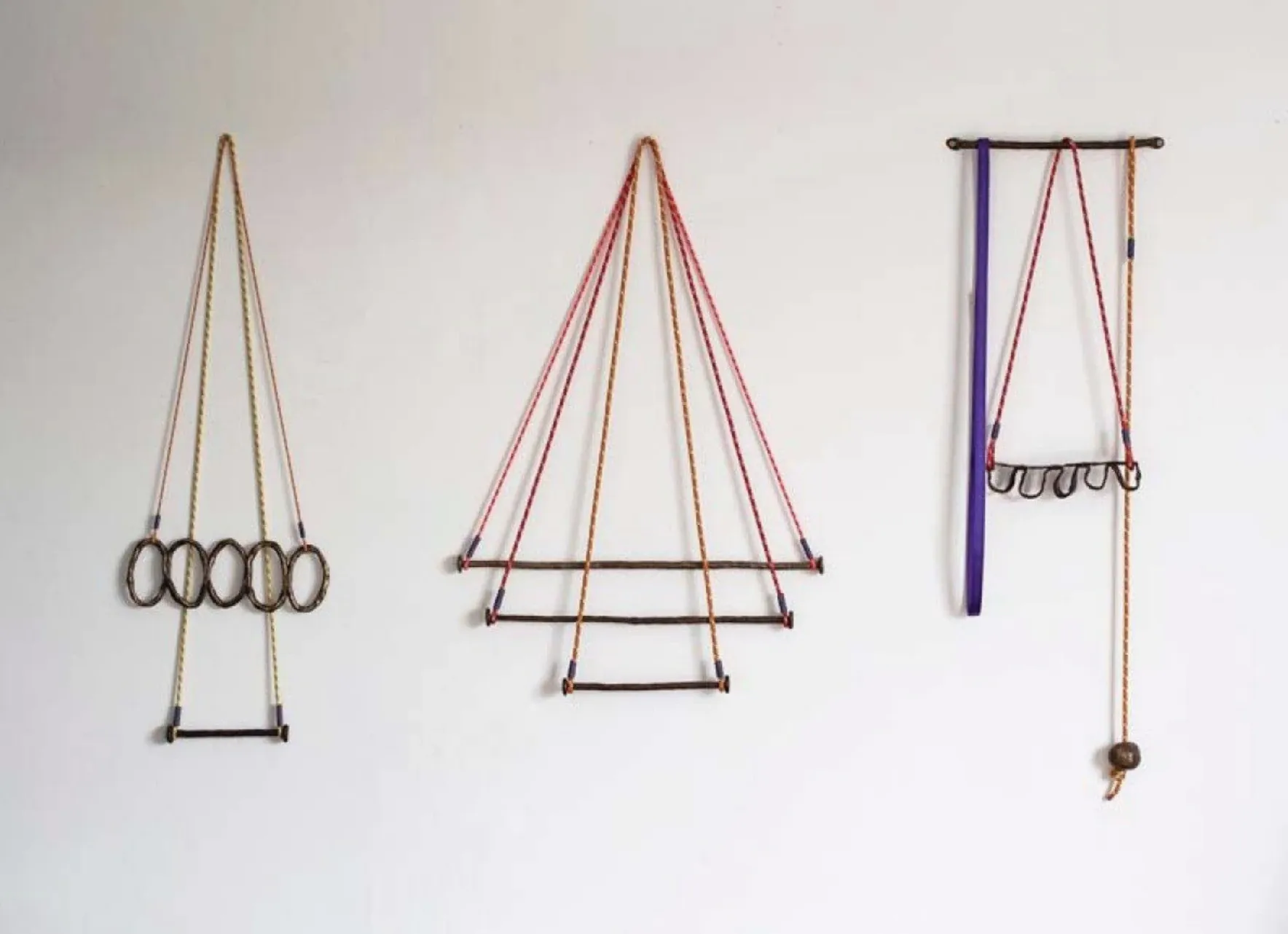
Hannah Valentine's Anytime (make it happen), (2021) cast bronze, beal cord, tubular webbing.
Ones to watch
And some of Tāmaki Makaurau’s rising artists have finally had their chance to be celebrated.
After rescheduling from August (for obvious reasons), the 2021 Eden Art School Awards were able to be run under the Red Light restrictions over the weekend, with Auckland's major tertiary art institutions - AUT, Elam, Unitec and Whitecliffe - each invited to nominate 5 undergraduate students.
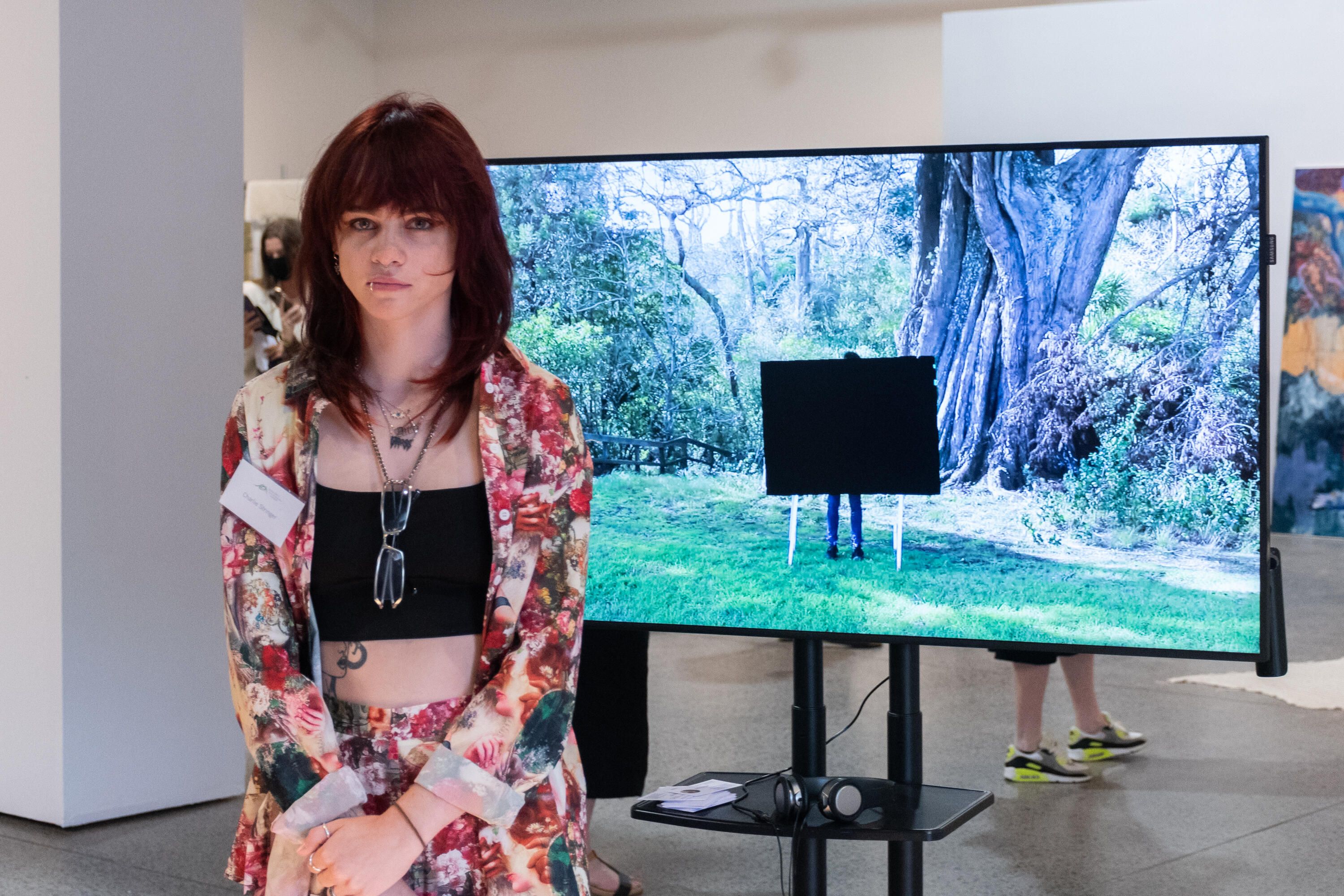
Charlie Stringer with her highly commended work. Photo: Supplied.
With respected duo Judy Darragh and Francis McWhannell as judges, the decisions were made with no artists names or schools made available to them.
The result is four highly commended artists - Nicola Fraser from Unitec, AUT’s Charlie Stringer, Hollie Teutscher of Whitecliffe and Elam’s JJ Harper - each receiving $2000 each.
